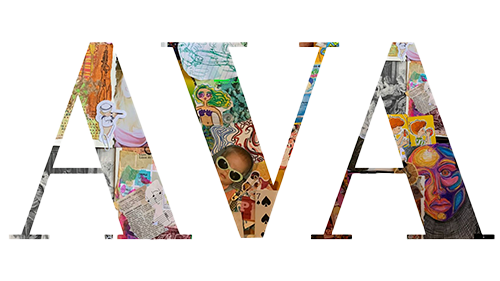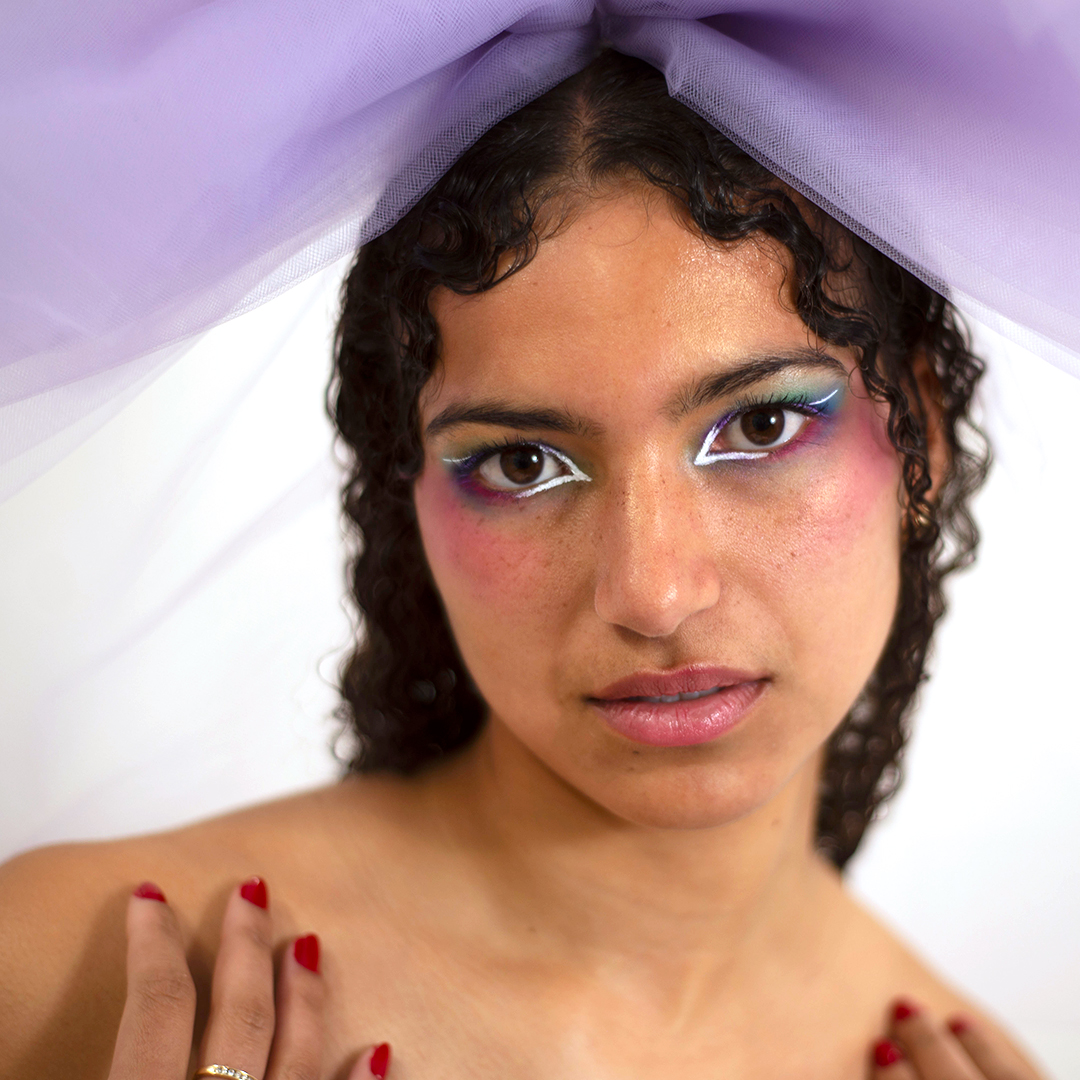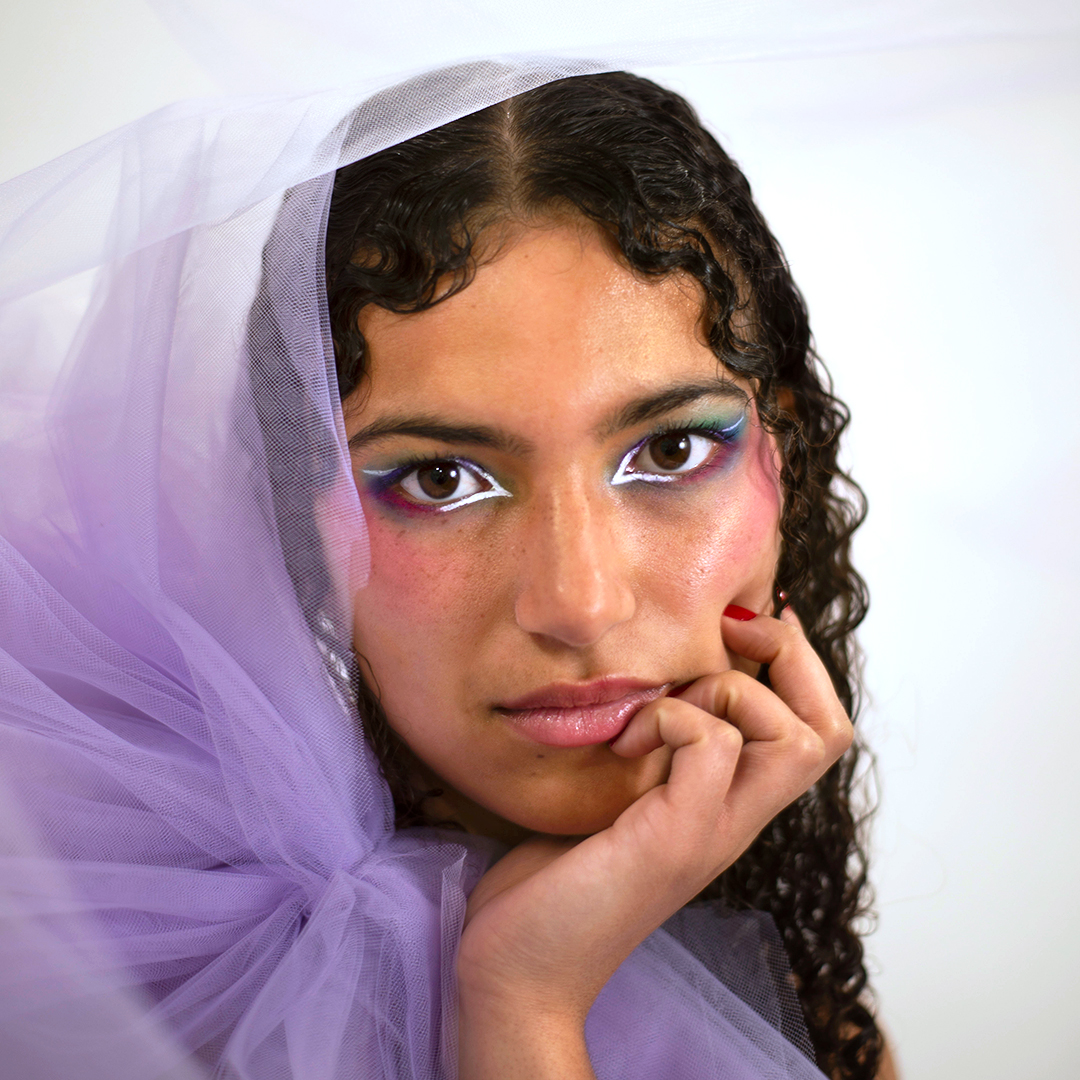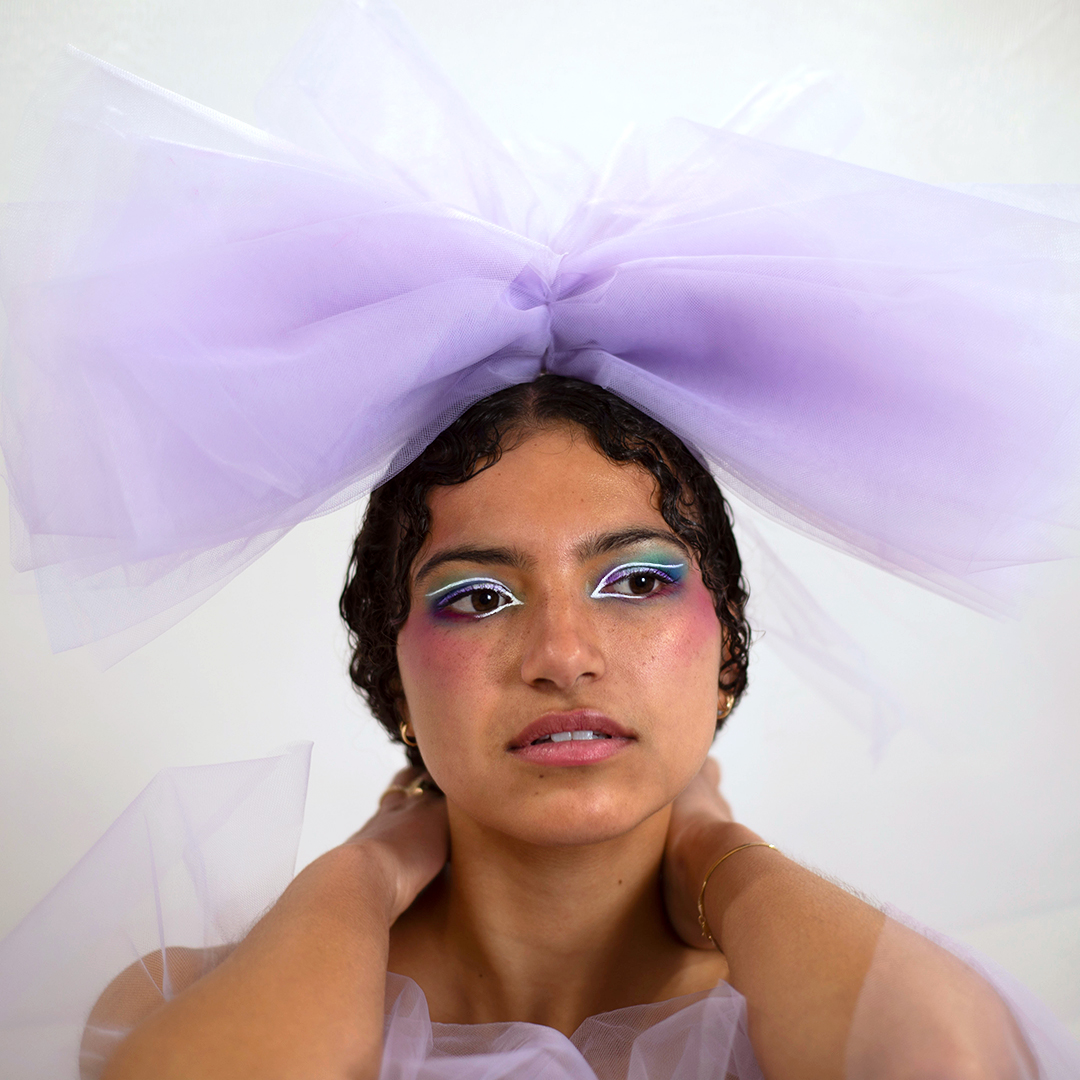EDITORIAL WORK

Power Dressing
In the late 20th century, a profound transformation echoed through the corridors of power led by the working women’s revolution. The dynamics of influence were no longer exclusive to masculine realms, as women carved their places in traditionally male-dominated spaces. The power of presence, once synonymous with masculinity, revealed its versatile potential, rejecting conventional constructs and championing equity in opportunity.
Dressing for success evolved from a mantra to a necessary tool for asserting validity in these powerful spaces. John T. Molloy, known for his insights into male work attire, extended his influence with the 1977 publication of “The Woman’s Dress for Success Book.” His “progressive” sequel introduced concepts like wardrobe engineering, emphasizing that both men and women could embody assertiveness in competitive corporate environments.
Molloy’s popularity replaced gender-coded workforce attire guidelines with advice for aspiring career women to echo masculine dress elements. While women embraced sharp lines and audacious silhouettes projecting virility, they were careful not to replicate male styles exactly. Designs always incorporated feminine elements, reinforcing gender distinctions and implying that styles emblematic of power were still emphatically male.
Moder Natur
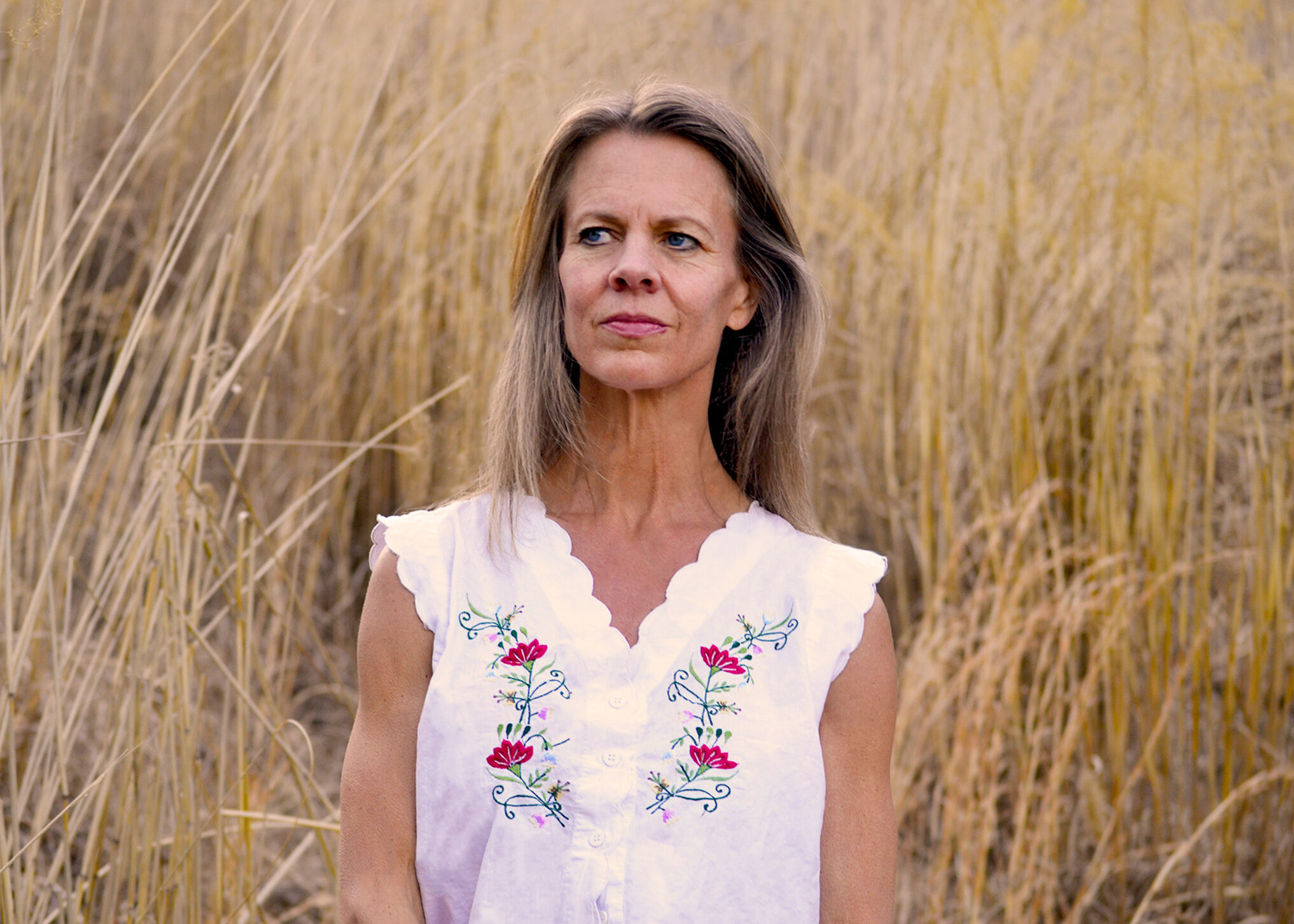
This shoot intends to explore how motherhood resonates with the rhythms of nature and how the two often feel mirrored and interconnected through a shared sense of survival and stewardship.
The “folk” look of the clothing is inspired by nordic aesthetics and lore: paying homage to both the model’s “mother-land” and the aesthetic of nordic folk (which takes strong inspiration and narrative from nature).
Being as the mother’s identity cannot be conveyed only through clothing, the environment she curates speaks to her role as a source of life, reflected in a flower crown element to the look.
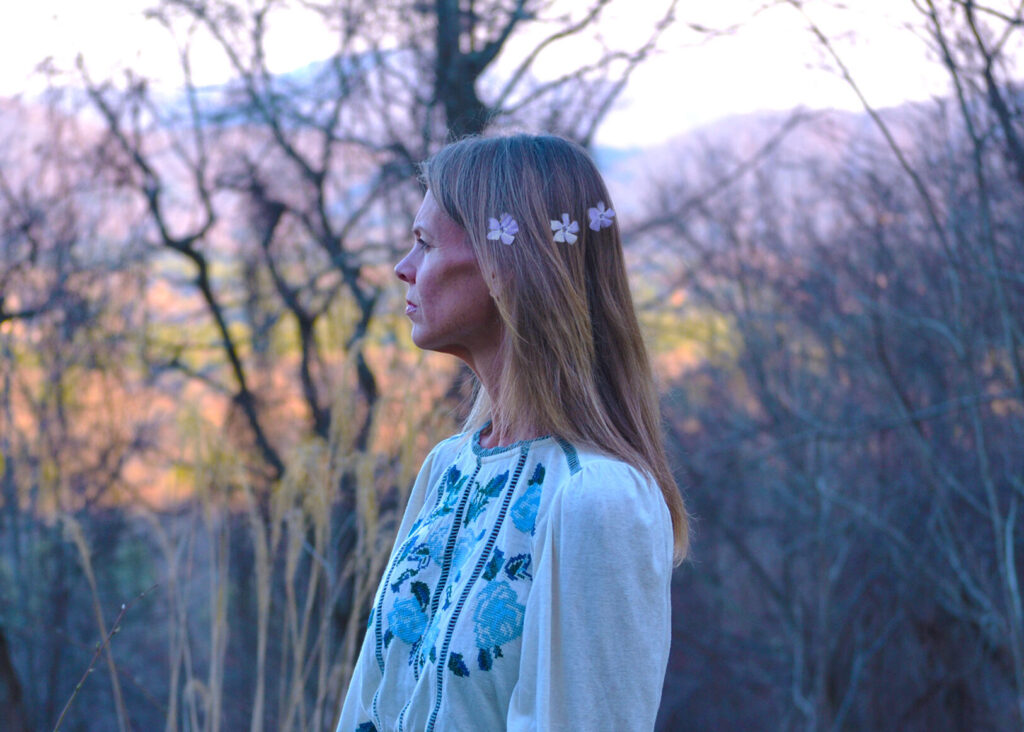
A Leisurely Scroll
What compelling editorial production on social media is meant to look like.
WEB DESIGN
In my coursework, The Most Remote Places on Earth was a project which allowed me to develop a foundational proficiency in the coding languages of css and html. The project built upon the web design principles I developed in the “Trailblazing Women in Fashion” project where I utilized the wireframe software Figma to plan and execute a web design while emphasizing user experience and engagement.
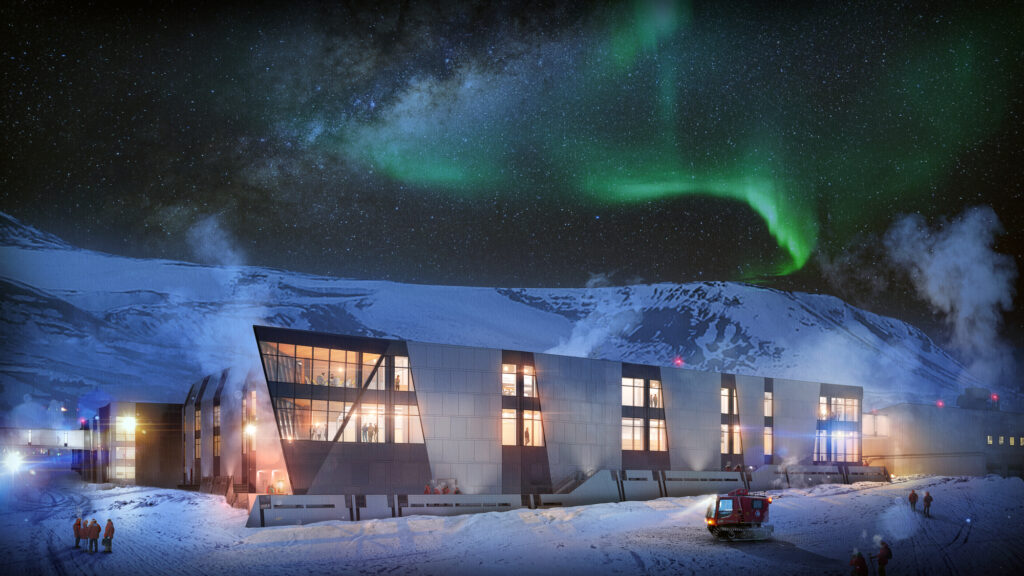
The Most Remote Places On Earth

Trailblazing Women in Fashion
